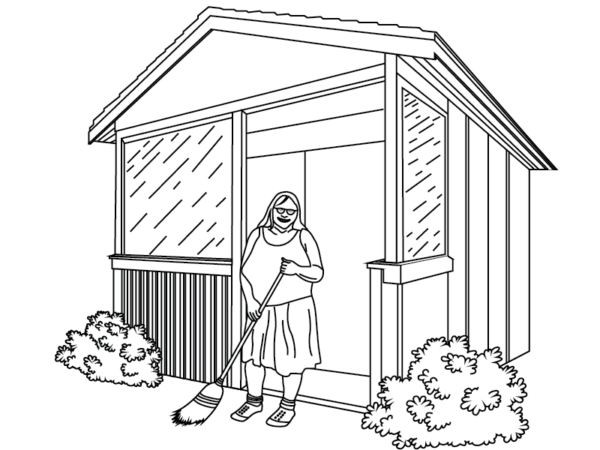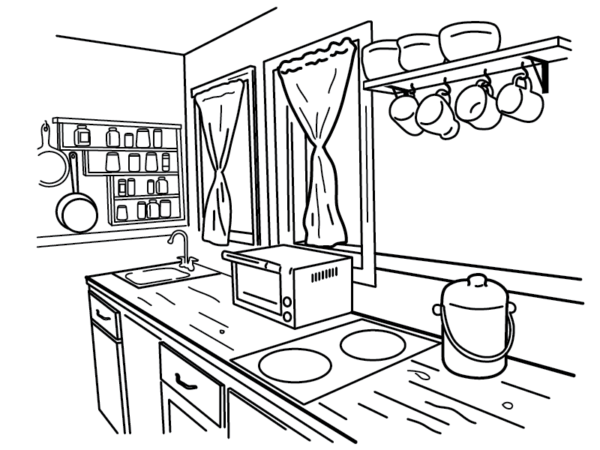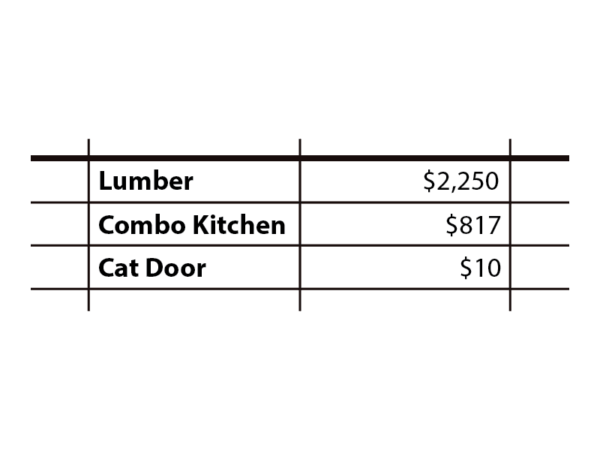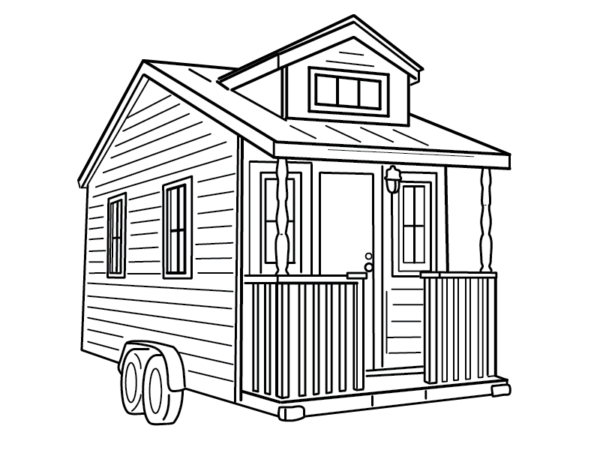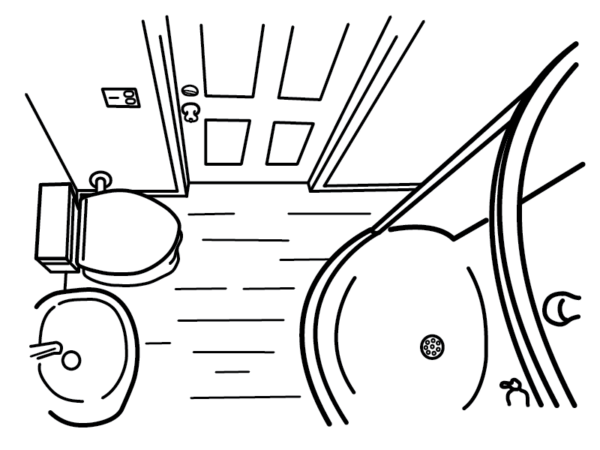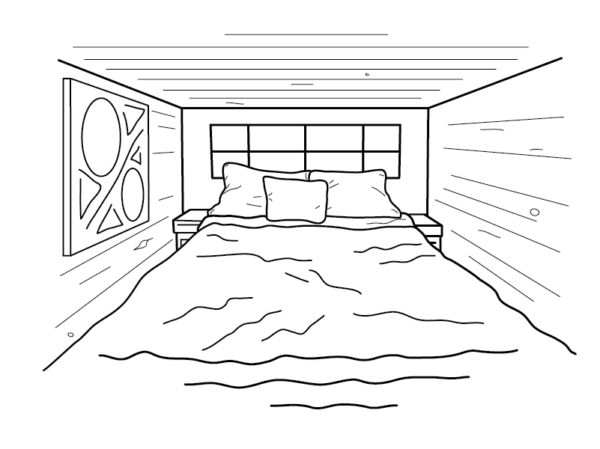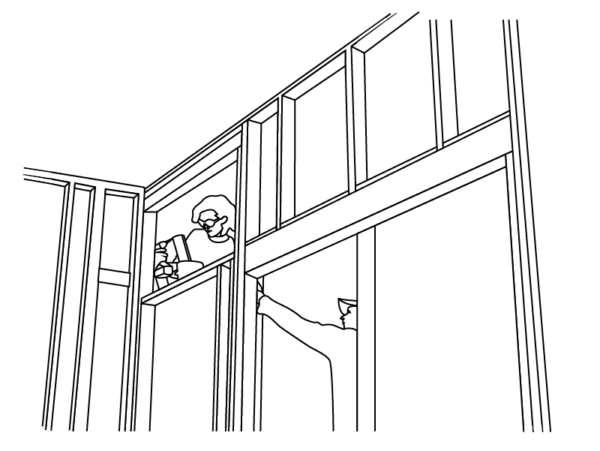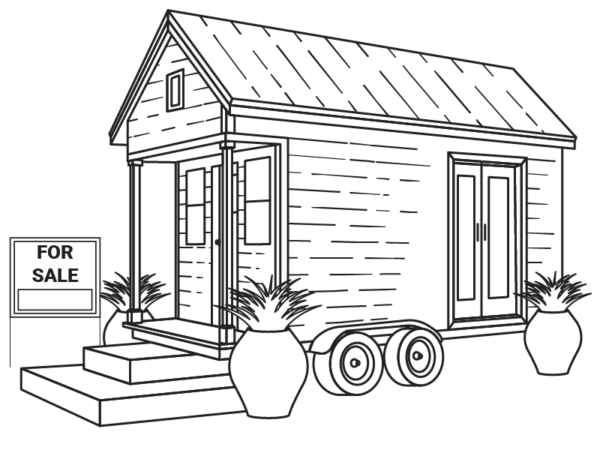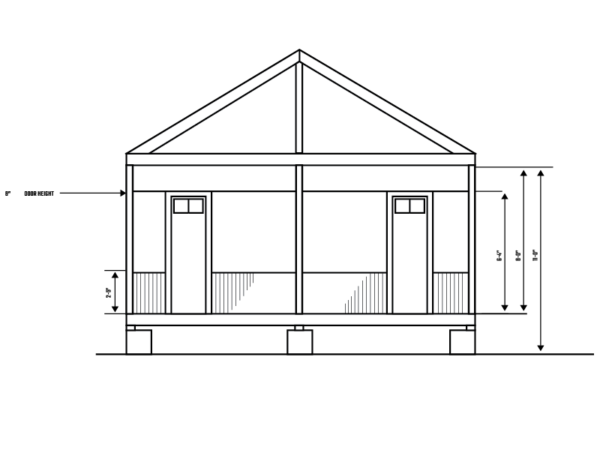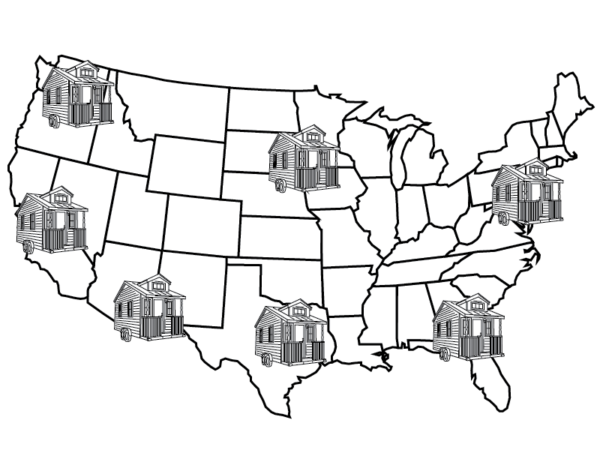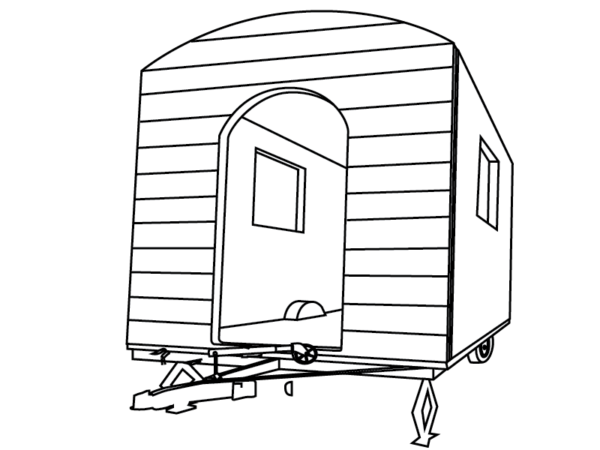Tiny houses come in many shapes and sizes. Most people consider tiny houses to be anything less than 400 sq. ft., and some even describe ~500-800 sq ft homes to be tiny. They’re certainly below the average American single family home, so it’s not unreasonable to do so.
When most people think of a tiny house, the image that most likely comes up is a rectangular house on wheels.
While this is the most common tiny house model, tiny houses can take many different forms.
Tiny Houses On Wheels
Before building your tiny house on wheels, or purchasing an already built one, consider these questions:
- “What kind of trailer am I going to build my house on?”
- “What are the laws around living in a house on wheels?”
- “Where can I legally park my house?”
- “Can my car tow my house?”
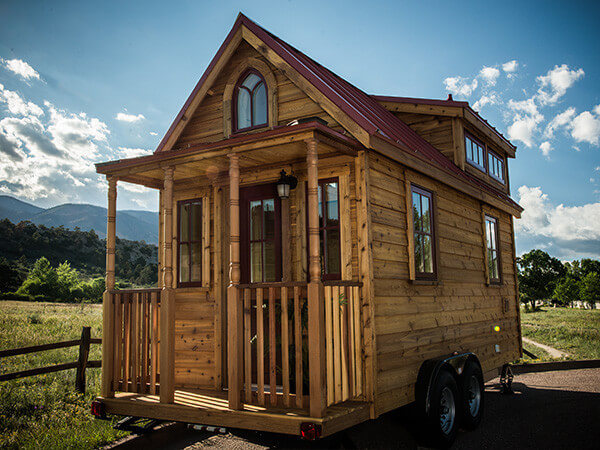
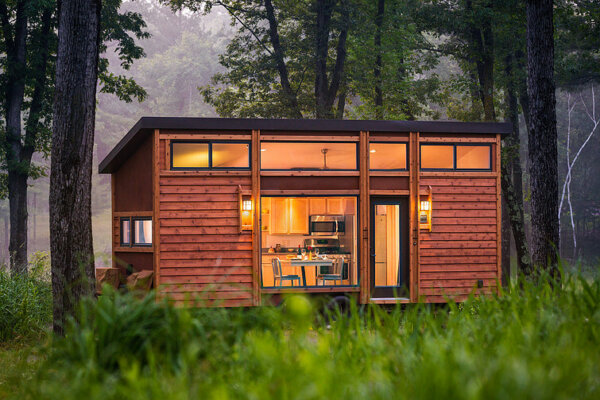
Trailers
The trailer is the most important part of a tiny house on wheels. A trailer acts as the foundation to the house. The stability and safety of the house is dependent upon the trailer, especially if you plan on moving a lot.
Trailer Type
For a tiny house trailer you will need a flatbed trailer, one that will attach easily and securely to your tiny house. Don’t get a dovetail trailer—these trailers are sloped, making it difficult to lay your house flat and requiring additional welding and foundation work.
Trailer Deck Height
How high the trailer is determines how tall your house can be. The trailer measurements are considered to be part of the overall structural measurements and because there are laws around how tall your tiny house can be, you don’t want the deck height to take away height from your house. The higher the deck height, the shorter the house.
Trailer Size
In most US states the maximum legal trailer size is 13.5-feet tall, 8.5-feet wide, and 40-feet long. Most tiny homes are 28 feet or less. But the length of your trailer hitch plus the length of the towing vehicle can add 20 ft or more to the overall length.
Your Towing Vehicle
Most SUVs and pickup trucks should have enough power to pull your home and trailer weight. Vehicles vary in their towing capacities depending on the size of their engines and transmissions. So check the towing weight before you begin building. Check out Towing A Tiny House for a quick overview of towing specifications and requirements.
For safety and efficiency, purchase a trailer designed for holding a tiny house. Tumbleweed Tiny Homes and Tiny Home Builders are two companies that specialize in tiny homes and offer several models of trailers.
Codes/Zoning and Parking Laws
Check your local building codes and zoning laws before building your house. Some states see tiny houses as only temporary structures, allowing you to live in them for only a month at a time.
It can be hard to find a place to park and call home when there are many obstacles and unknowns about the legalities of parking. Luckily, as with most things related to tiny houses, there are plenty of resources in the tiny house community that can help you find the perfect place to temporarily call home.
More and more places are changing their building codes to accommodate tiny houses. This page has the latest updates.
If you need a place to set up your tiny house or have land that could be used as a place for others to park, Tiny House Parking is an online database of land that is available to rent or buy for tiny house parking.
A map where you can see the locations of available parking in backyards, RV parks, and tiny house communities. All listings are submitted by land owners or community members.
Other Resources
Use Craigslist, or chat with neighbors, to get the word out about what it is you are looking for (shared or private land) and how best you and the host can mutually benefit from your stay.
Tiny Houses On Foundations
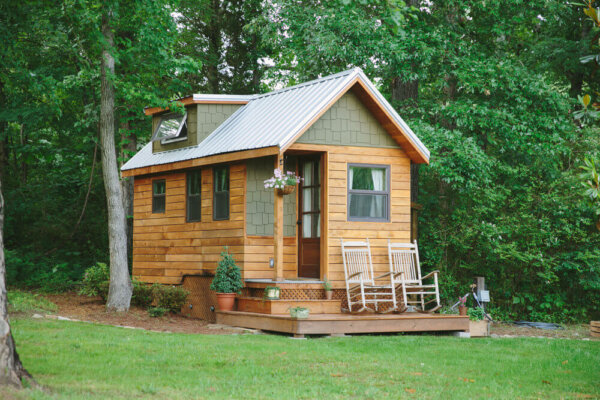
Building your tiny home on a permanent foundation can cost more, but this might be worth it in the long run. Why?
Incorporating off-grid utilities
Having a permanent position for your home allows you to design your home around the sun and generate energy through solar power. Setting up a rainwater catchment system can be another way to incorporate off-grid utilities.
Freedom of size and shape
Homes that are intended to be mobile must be rectangular and meet the legal requirements of road travel. Homes with permanent foundation can be circular with multiple stories and don’t have the same regulations as homes on trailers, allowing much more freedom in the design of the house.
Cultivating self sustaining practices
Create a long term garden or food forest, have chickens or goats, grow your own edible and medicinal mushrooms. You can pursue many activities like these when incorporating self-sufficiency in tiny house living.
Other Types Of Tiny Houses
People are diversifying what it means to live tiny. It no longer only means a rectangle on wheels. As the tiny living movement takes speed, tiny house design is getting more innovative, and houses are getting even smaller. Yurts, pods, boats and the use of natural materials are just a few ways people are branching out of the rectangular box and still living tiny.
Earthen Homes/Cob Houses
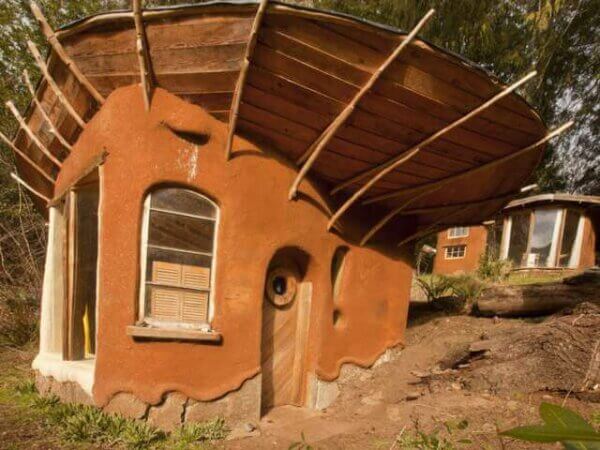
Tiny homes made from natural materials like clay, straw, sand and manure, are extremely environmentally friendly and can be much cheaper to build than conventional tiny homes. This method of building is highly energy efficient; advocates of passive solar and sustainable architecture love it.
For more information, photos and workshop opportunities on how to build with cob, check out the Cob Cottage Company, an Oregon-based organization that helps people construct their own naturally-built homes.
Earthships
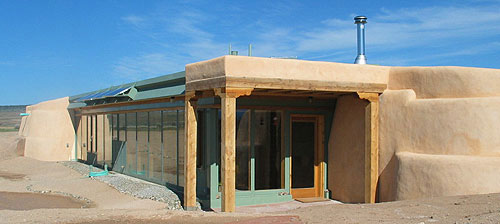
Earthships are for off-grid living. Builders of earthships make their homes with natural and recycled materials, with the goal of minimal reliance on fossil fuels and public utilities. Earthships might be the most environmentally-friendly approach to building your tiny home.
If you are interested in learning how to design and build your own Earthship, the Earthship Academy offers extensive training and workshops in construction methods and self-reliance.
Renovated School Bus
With framework in place and already on wheels, converting an old school bus requires less engineering and more cleverness. Renovating an already mobile space can save money, time and resources while also satisfying your needs of having a tiny home on wheels that you’ve created.
For more inspiring and creative ways of living tiny, Alternatives to Tiny Houses takes a look at 16 different styles of tiny houses that range from small cottages to tiny pods.

